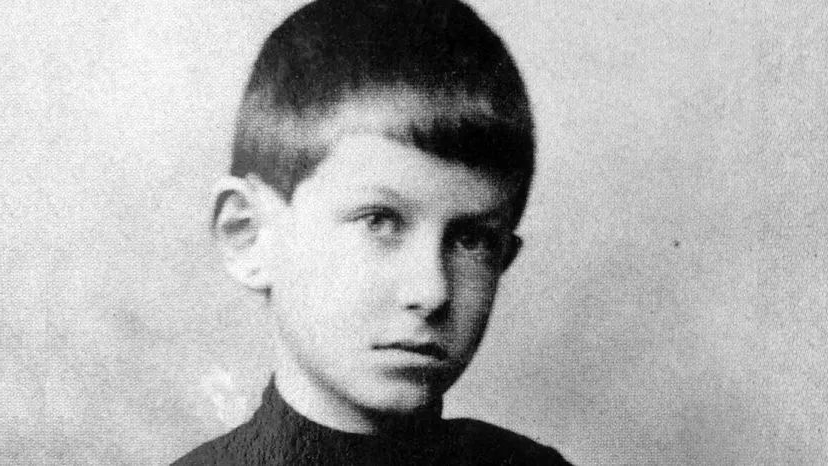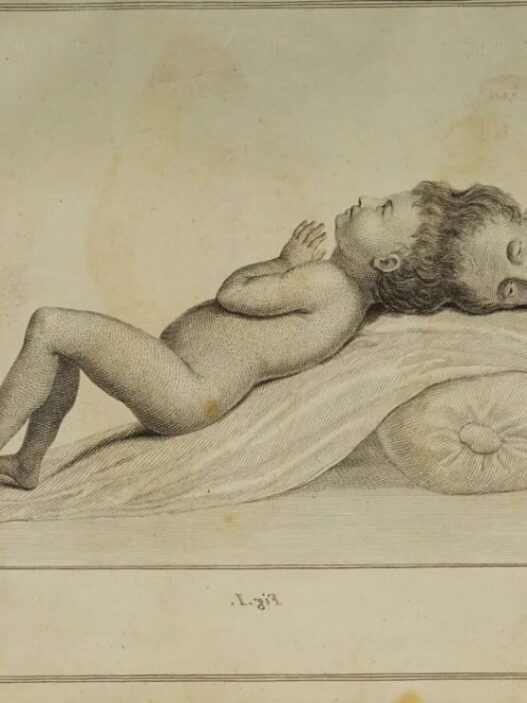William James Sidis is often regarded as one of the most brilliant minds in history. Some claim his IQ surpassed that of Albert Einstein by as much as 50 to 100 points. Despite his extraordinary intellectual abilities, Sidis’ life was marked by tragedy and unrealized potential. He was hailed as a prodigy from a very young age, but his life took an unexpected and sorrowful turn. This raises the question: why did such a genius die young?
Early Beginnings: A Gifted Child
It is said that William Sidis taught himself Latin before he was three years old. By the age of six, he had mastered several languages. These included Russian, French, German, Hebrew, Armenian, Turkish, and, of course, English, his native tongue. His remarkable linguistic talent stunned those around him.
Sidis was born in 1898 in New York City to Ukrainian Jewish immigrants Sarah and Boris Sidis. Both of his parents were highly educated individuals. His mother, a doctor, often told him bedtime stories from Greek mythology. His father, a psychologist, preferred engaging him in academic discussions rather than encouraging physical activities. William’s early years were shaped by his parents’ unconventional approach to parenting, which was centered around intellectual achievement.

A Genius in the Making
At just 11 years old, Sidis entered Harvard University, where he began to attract widespread media attention. He completed the entire elementary school curriculum in just seven months. He had already written at least four books between the ages of six and eight. By the time he was eight, Sidis had passed entrance exams for both Harvard Medical School and MIT. His intellectual capabilities were so advanced that they became the subject of fascination for the media. It was clear that he was destined for greatness.
Despite his immense talent, Sidis’ early life was anything but typical. His parents believed children should be treated as adults, a philosophy that led to immense pressure on William. His parents’ focus on academic achievement, rather than emotional or social development, created a difficult childhood for him. This pressure contributed to the struggles he would face later in life.
A Relentless Education

William’s parents adhered to a strict educational philosophy. They believed children should be encouraged to think, reason, and explore the world of knowledge independently. Boris Sidis, his father, believed that the mind was a tool that needed to be honed. According to Boris, “Before a child can speak, they already possess a mind that requires sharpening.” He advocated for using logic and reason to foster intellectual development. This meant pushing William to explore his interests and provide detailed answers to his questions.
In her biography, The Prodigy: The Life of William James Sidis, author Amy Wallace describes Boris and Sarah Sidis as overly aggressive in their intellectual pursuits for their son. William’s early years were spent immersed in rigorous intellectual training. Some believe this contributed to the pressure he experienced as he grew older.
The Academic Years
William’s academic prowess continued to astound everyone around him. At the age of 11, he enrolled at Harvard University, becoming the youngest student ever to attend the prestigious institution. While attending Harvard, he showed not only an extraordinary ability in languages but also in mathematics. By the age of 11, Sidis had already given a lecture on mathematics at the Harvard Math Club, drawing the attention of professors.
Despite his incredible intellectual achievements, his time at Harvard was marred by social isolation. Sidis had little interest in socializing, especially with girls, and often became the target of ridicule by his older peers. This overexposure to the media made him an unwilling public figure. This became a source of stress and discomfort that would only grow as he got older.
From Prodigy to Disillusionment
Graduating from Harvard in 1914 at the age of 16, William briefly pursued graduate studies at Rice University in Houston. However, his time there was short-lived, and he returned to Boston to enroll at Harvard Law School. Unfortunately, his time at law school ended without a degree, as he soon abandoned his legal studies.
In 1919, Sidis became involved in a socialist demonstration in Boston. This act led to his arrest and an 18-month prison sentence. His father, Boris, intervened, sending him to a sanatorium in New Hampshire for a year, where he would later be released. After his time in the sanatorium, Sidis lived in California for a year, followed by a return to the East Coast, where he drifted between various unfulfilling jobs. He self-published manuscripts and occasionally taught.

An Unnoticed Genius
In 1925, Sidis completed his most famous work, The Animate and the Inanimate, in which he explored theories on the origin of life, cosmology, and the possibility of reversing the second law of thermodynamics using Maxwell’s demon. He also introduced ideas that resembled modern theories of black holes. Unfortunately, his work received little attention, and he remained a figure of media disdain rather than admiration.
By this time, Sidis had retreated from the public eye. The media, which had once heralded him as a genius, now dismissed him as a “failure.” He shunned the spotlight, growing more reclusive and withdrawing from society altogether.
The Tragic End
In 1944, at the age of 46, William James Sidis passed away from a cerebral hemorrhage. His life, which had once promised so much, was tragically cut short. Though he was a brilliant mind, Sidis never fully realized his potential. His life serves as a cautionary tale about the pressures placed on child prodigies.
The Legacy of a “Failed” Prodigy
Sidis’ story has remained a topic of fascination, particularly in discussions about the development of child prodigies and the effects of early intellectual training. His parents’ relentless pursuit of academic excellence over social and emotional growth has been widely criticized. The Sidis family is often cited as a prime example of how the pressure to perform academically can lead to mental and emotional distress.
The debate surrounding Sidis’ life continues to this day. Some believe that his genius was simply too great to be fulfilled in the way society expected. Others argue that the intense pressure placed on him from an early age led to his tragic downfall.
The study of gifted children and their development continues to be an important field of research. One of the most significant projects in this area is the Terman Study of the Gifted, launched in 1921 by Stanford psychologist Lewis Terman. This study followed over 1,500 gifted children for more than 80 years and remains a cornerstone in the study of talent development.
While modern media no longer follows child prodigies as closely as in the early 20th century, interest in extraordinary young minds persists. The Borger sisters from Hungary, for example, have become icons in the world of chess, exemplifying the lasting fascination with prodigies.
Ultimately, the story of William James Sidis raises crucial questions about talent, parenting, and the societal expectations placed on young geniuses. It serves as a reminder of the potential perils of pushing a child to achieve greatness at any cost.


















